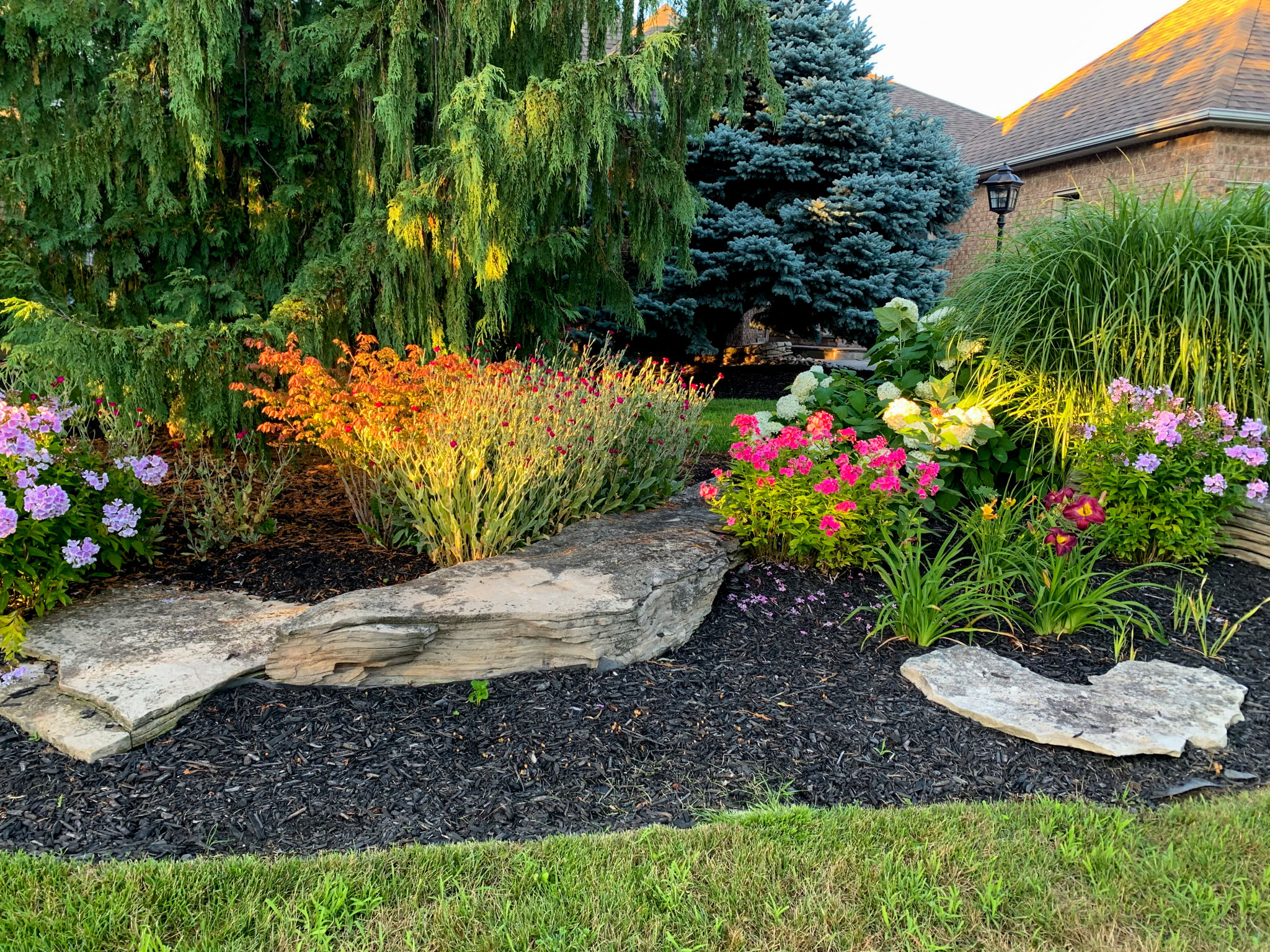Debunking Common Garden Design Myths: What Really Works
The Myth of the Perfect Plant
One of the most prevalent myths in garden design is the idea that there is a "perfect plant" for every spot in your garden. Many people believe that once they find this mythical plant, their garden will thrive effortlessly. In reality, successful gardening is about understanding your environment and selecting plants that complement it. Factors like soil type, sun exposure, and local climate play a significant role in plant health. Rather than searching for perfection, focus on adaptability and resilience.

The Misconception of Low-Maintenance Gardens
Another common myth is that certain garden designs require little to no maintenance. While it's true that some plants and layouts can minimize upkeep, all gardens need attention. Even a so-called low-maintenance garden needs regular watering, pruning, and pest control. By understanding the specific needs of your plants and scheduling regular check-ins, you can enjoy a beautiful garden without being overwhelmed by maintenance tasks.
Consider using native plants that are already adapted to your region's climate and soil. These can significantly reduce the amount of care needed while promoting local biodiversity. Keep in mind that no garden is truly maintenance-free.
The Myth of Year-Round Blooms
Many aspiring gardeners dream of a garden that blooms continuously throughout the year. However, expecting year-round blooms is a common misconception. Most plants have specific blooming seasons, and it's unrealistic to expect constant color. Instead, plan your garden with a variety of plants that bloom at different times. This approach ensures that your garden has interest throughout the year, even if not every plant is in full bloom simultaneously.

The Belief That Bigger is Always Better
A prevalent myth in garden design is the notion that larger plants or gardens are inherently better or more impressive. While a sprawling garden can be breathtaking, smaller spaces can be just as impactful when designed thoughtfully. Small gardens offer the opportunity to create intimate spaces with unique character and charm.
Focus on strategic plant placement, varying textures, and layering to maximize the visual appeal of any space. Remember, quality often surpasses quantity when it comes to effective garden design.
The Fallacy of Instant Gardens
In today's fast-paced world, the desire for instant results extends to gardening as well. Many believe that a garden can be transformed overnight. However, creating a lush, healthy garden takes time and patience. Plants need time to establish their root systems and acclimate to their environment.

Embrace the process of watching your garden grow and evolve over time. This journey not only results in a more resilient garden but also allows you to enjoy the satisfaction of nurturing your space from infancy to maturity.
The Overreliance on Chemical Solutions
A common myth is the belief that chemical fertilizers and pesticides are necessary for a thriving garden. While these products can address specific issues, they are not always the best solution for long-term health. Overuse can lead to soil degradation and harm beneficial insects.
Instead, consider implementing organic gardening practices. Techniques such as composting, mulching, and companion planting can naturally enhance soil fertility and pest resistance. By focusing on soil health and biodiversity, you create a more sustainable and balanced ecosystem.
Conclusion: Embrace Reality for a Thriving Garden
Debunking these common garden design myths allows gardeners to approach their spaces with realistic expectations and strategies. A thriving garden isn't about adhering to myths or chasing perfection; it's about understanding the unique characteristics of your space and working with them. By focusing on adaptability, patience, and sustainable practices, anyone can cultivate a beautiful and flourishing garden that stands the test of time.